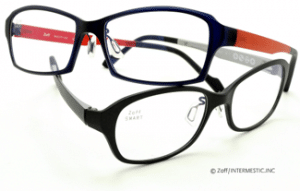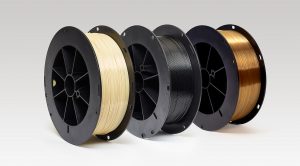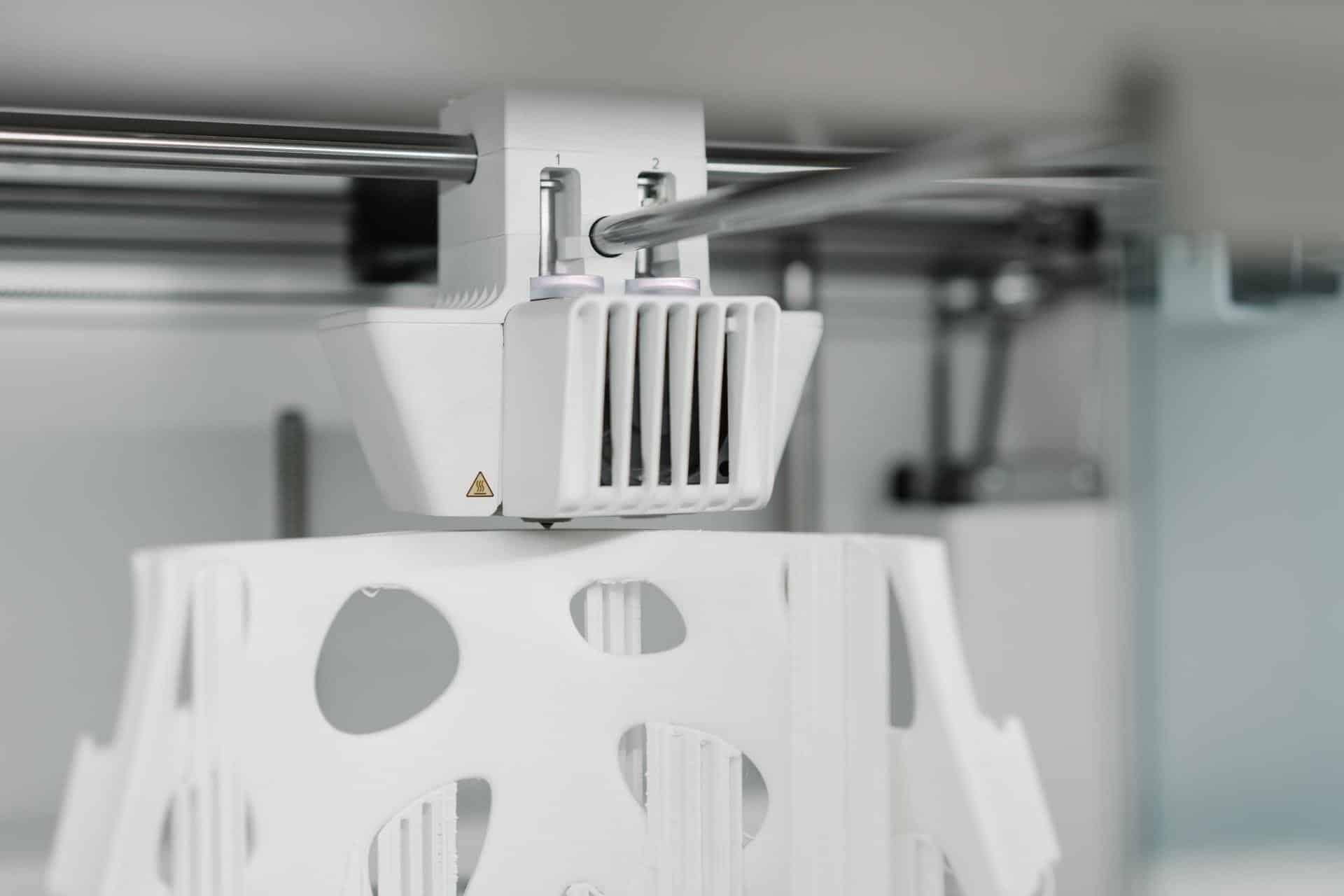There are so much information available online about materials to use in 3D printing, including ULTEM Resin. Thus, it’s often difficult to research the right material and make the right choice. However, this is necessary to achieve the best results. By doing so, you will learn about the qualities of every material as well as its advantages and disadvantages.
Luckily, we’re here to help, and with this guide we’ll delve deeper into ULTEM for 3D printing and show you some of its qualities. We will also give you some tips to improve the 3D printing process with it.
What Is ULTEM?
The ULTEM resin has a family of amorphous thermoplastic polyetherimide (PEI) resins. They offer outstanding thermal resistance, high strength, and stiffness, while also offering broad chemical resistance.
It was developed in the 1980s at General Electric’s plastics division which was then acquired in 2007 by is SABIC.
Compared to PEEK, it has a lower impact strength and usable temperature, but it’s a lot cheaper. Its tensile strength is 15,200 psi and it has a flexural modulus of 480,000 psi. So, although it isn’t quite as strong, it’s definitely not weak.
Because it has a high heat resistance it can hold most of its physical qualities in temperatures as high as hundred and 170°C. Additionally, it has a high dielectric strength. This means, it can go through thousands of cycles in a steam-based sterilization autoclave without its properties degrading.
It’s strength to weight ratio is similar to that of aluminum. It can also be machined with conventional metalworking tools. Moreover, it’s available in transparent and opaque custom colors, as well as glass filled grades for extra strength. This further enhances its versatility.
ULTEM Types
When it comes to 3D printing, there are two ULTEM material types available on the market. First is the ULTEM 1010 which is a resin material and the ULTEM 9085 which is a filament material.
As such, these materials are used for different applications and with different print settings. Recently, SABIC also introduced a high-performance variant that’s based on ULTEM 1010.

ULTEM 1010
One of the best properties of ULTEM 1010 is that it has high tensile strength. In fact, this material has the highest tensile strength of all FDM filaments. Ultimately, this results in strong and durable parts.
It also has high thermal stability. With its heat resistance, it can also withstand autoclaving, which is steam sterilization for medical parts.
In addition, it also has NSF 51 food-contact certification and is the only FDM material to have this. It’s also fully biocompatible and has ISO 10993/USB Class VI certifications.
ULTEM 1010 is a very suitable option for applications in the food and medical industries. Therefore, it’s food contact and biocompatible. Here, you can think of production tools that come into contact with food or medical devices often and then needs to be sterilized.
ULTEM 1010 is also commonly used in the aerospace and automotive industries. It has high strength and thermal stability. It can be used to print semi-structural components and it is useful for out-of-cabin aerospace applications.
In respect of printer settings, the optimal settings are:
- Extruder temperature of 370 to 390°C
- Print bed temperature of 120 to 160°C
- Print bed adhesion using Perf board, Kaptan tape, or lightly sanded FR4,
- Because the printing of ULTEM performs best in a hot build environment, it’s recommended that a heated enclosure be used.
- Printing speed of 20 to 30 mm/s.

ULTEM 9085
ULTEM 9085 has a remarkably high strength-to-weight ratio. In fact, it offers comparable impact strength to metal parts like aluminum. However, it can be made much lighter, so where the application requires, light parts can be manufactured.
Like ULTEM 1010, it also has high thermal resistance and has a heat deflection temperature of 167°C. It’s inherently frame retardant. Because of this, it is FST compliant and certified to be used in aircraft components. Also, like ULTEM 1010, it has high chemical resistance . It is resistant to a wide range of chemicals like alcohols, automotive fluids, and aqueous solutions.
The most important property of ULTEM 9085, however, must be the high strength-to-weight ratio. This extraordinary high ratio for a plastic-based material is the reason why it’s often used in the aerospace and automotive industry. Since these industries require light, but strong parts. As such, it’s ideal where the application requires high performance parts and a lightweight alternative to metal.
Applications also include places where the weight of an object significantly has an effect on the cost of operation, but the object strength is in extremely important. This can, for example, be in aircraft where the weight of the aircraft directly correlates to the operating costs.
Besides these industrial applications, ULTEM 9085 can also be used in 3D printing. It’s used for different interior components, duct work, or electric enclosures.
When it comes to 3D printing, the recommended printer settings are:
- Extruder temperature of 350 to 390°C
- A print bed temperature of 130 to 160°C
- A print bed adhesion using Perf board, Kapton tape or lightly sanded FR4
- A heated enclosure because it performs best in a hot build environment.
- A printing speed of 20 to 30 mm/s.
What Are the Benefits of Using ULTEM?
Irrespective of which variant of ULTEM you choose, from the above you’ll see that it has some exceptional properties.
When you use, you’ll get these benefits:
- Long term heat resistance. It has excellent stability in its physical and mechanical properties at higher temperatures. This is because it has a high glass transition temperature of 217°c. It’s also available with relative thermal indices of up to 180°V.
- Strength and stiffness. It has outstanding strength and predictable stiffness at temperatures up to 200°c. Here, unfilled transparent grades are equal in strength to other thermoplastics plastics with fillers.
- Dimensional stability. ULTEM is among the most dimensionally stable thermoplastics available. This means it offers predictability over a wide temperature range and filled grades offer exceptionally high-tolerance dimensional capabilities.
- Environmental stress and cracking resistance. Unlike other amorphous thermoplastics, ULTEM resins hold their strength and resist cracking. They can do this even when exposed to automotive and aviation fluids, aliphatic hydrocarbons, alcohols, acids, and weak aqueous solutions.
- Flammability, smoke generation and toxicity. It has inherent flame resistance without using additives. This means it’s exceptionally difficult to ignite. It also generates extremely low smoke per the NBS smoke evaluation test, with products of combustion no more toxic than those of wood.
- Processability. ULTEM can be extruded, thermoformed, extrusion blow molded, and injection molded. Additionally, its flowability permits long flowing lengths using conventional injection molding equipment.
Tips for 3D Printing With ULTEM
When it comes to 3D printing with ULTEM, it’s crucial to understand the material’s strengths and weaknesses. Also, it’s important to consider possible challenges when deciding to start printing with ULTEM.
Here are five tips you can use to make 3D printing with ULTEM as easy as possible, while ensuring the best results:
- Because ULTEM is used in applications where weight is crucial, it’s important to make sure that large parts are light. Here, it allows the use of honeycomb structures that can make the part light. Also advised to use a triangular internal fill pattern to achieve a smooth and hollow interior.
- Self-supporting angles are a good idea. They reduce cost and time because it’s not necessary to use any support structures. With these angles, most of the plastic layer is supported by the layer underneath. Therefore, ULTEM allows you to create overhang angles up to 45°. It also makes it possible to create complex geometries without requiring removal of the breakaway support manually.
- For the best results during 3D printing, the temperature in the closed chamber must remain constant. Because ULTEM has an extremely high extrusion temperature, it’s always advisable to use a heated chamber. Moreover, that heat must be evenly distributed at all times. This is because, if the heat is not consistent, it will cause shrinkage in the material in an uneven way.
- It’s possible to anneal ULTEM material in a hot air oven. This accelerates the relief of internal stresses in the material.
- It’s important to keep ULTEM filament stored in a cool and dark place, preferably in a sealed bag. This preserves the quality of the material. Also, it ensures that the result of the 3D printing process is as good as possible.
The Bottom Line
If you want a 3D printing material that has some excellent qualities like high strength, and stiffness, and chemical resistance, it may be worth your while to consider ULTEM.
Irrespective of which type you choose, it has the necessary strength and stiffness, dimensional stability, and other qualities to give you the best results. And, if you use some of the tips we’ve given, you’ll make the results even better.

Sam H

